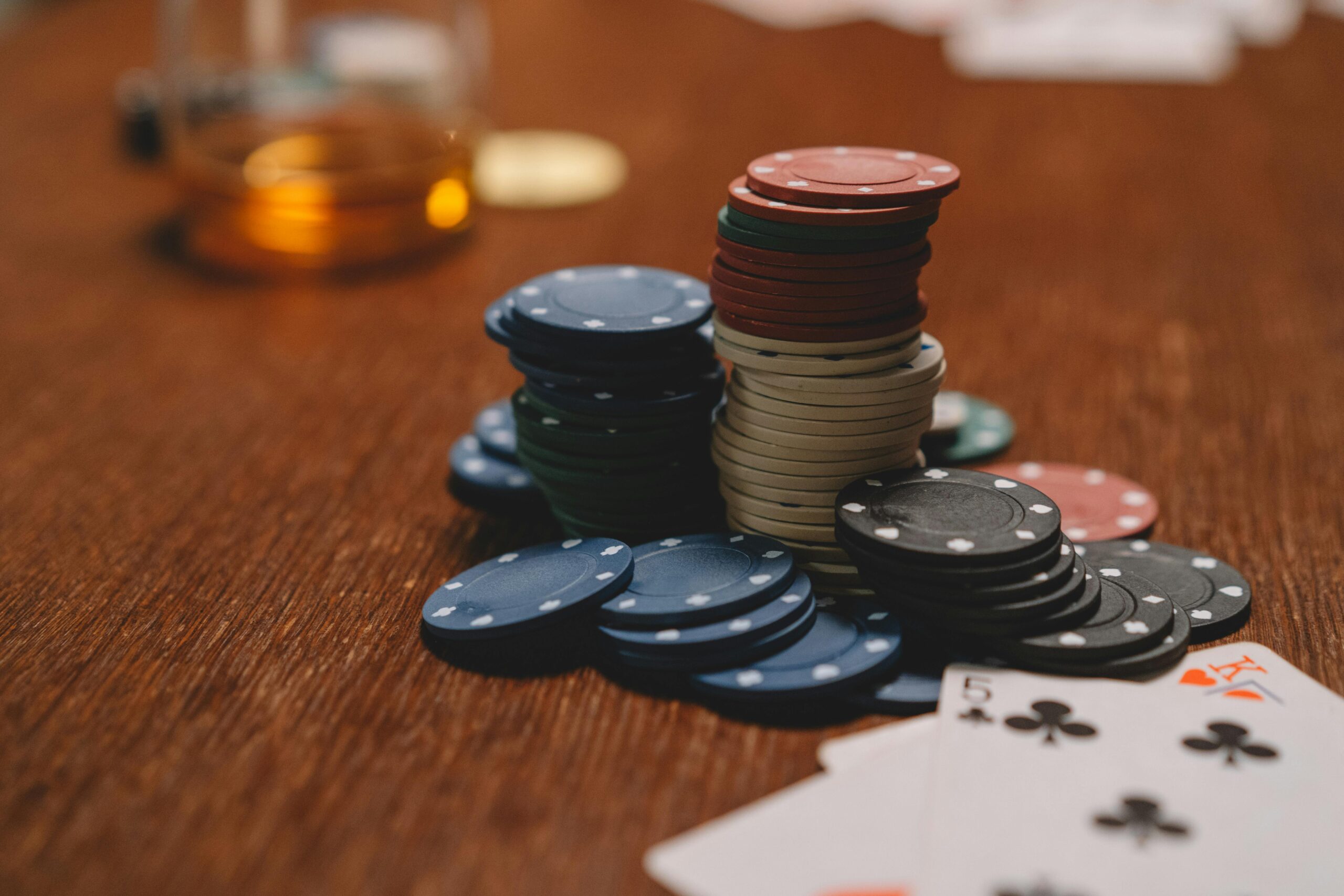The fashion world is changing, thanks to our growing awareness of the environment. Now, we’re looking for clothes made from eco-friendly fabrics. These materials help reduce our carbon footprint and support ethical fashion.
Options like organic cotton, bamboo, and Tencel are becoming more common. They give us more choices for a greener wardrobe. Eco-friendly fabrics are better for the planet and often feel better, last longer, and look great.
The fashion industry is changing, and so is our approach to making clothes. We’re focusing on sustainable textiles and environmentally conscious fashion. By choosing organic materials and ethical clothing, we can help make fashion more green. This leads to a low-impact wardrobe.
Table of Contents
ToggleKey Takeaways
- Eco-friendly fabrics offer a sustainable alternative to traditional synthetic materials.
- Organic cotton, bamboo, and Tencel are examples of popular sustainable textiles.
- Environmentally conscious fashion choices can help reduce the fashion industry’s environmental footprint.
- Ethical clothing and green manufacturing processes are important considerations for conscious consumers.
- Recycled textiles and biodegradable fibers are emerging as low-impact fabric options.
Sustainable Textiles: A Greener Path
In the fashion world, there’s a big push for sustainable textiles. These materials are not only stylish but also good for the planet. They’re a smart choice for those who care about the environment.
Organic Materials: Nature’s Gift
Organic materials are leading the way in sustainable fashion. They’re made with little harm to the earth. Think of organic cotton, hemp, and nettle fabric. These fibers are comfy, long-lasting, and kind to the earth.
Using organic materials helps fashion brands and buyers lower their environmental impact. It supports a better ethical clothing industry.
Environmentally Conscious Fashion: A Mindful Choice
It’s not just about the materials used in fashion. It’s also about green manufacturing processes. These processes cut down on waste, save resources, and make the supply chain more sustainable.
By choosing brands that focus on these eco-friendly ways, shoppers can help the fashion industry become more eco-friendly.
“Sustainable textiles are not just a trend, but a necessary evolution in the way we approach fashion and clothing production.” – Jane Doe, Sustainable Fashion Advocate
The Impact of Traditional Fabrics
Exploring eco-friendly fabrics and low-impact textiles shows us the harm of traditional fabric making. These methods use a lot of resources and pollute, hurting our planet.
Many fabrics like cotton and polyester need a lot of harmful chemicals, water, and energy. This leads to water pollution, greenhouse gas emissions, and the use up of natural resources. The dyeing and finishing steps add more toxins to our environment.
| Fabric Type | Environmental Impact |
|---|---|
| Cotton | High water usage, pesticide-intensive cultivation, chemical-laden processing |
| Polyester | Derived from non-renewable fossil fuels, energy-intensive production, non-biodegradable |
| Conventional Silk | Reliance on harsh chemicals, high energy consumption, animal welfare concerns |
Traditional manufacturing practices harm our planet in big ways. They use up resources, pollute water, and speed up climate change. As shoppers, we should look for eco-friendly alternatives to lessen our impact and support sustainable fashion.
The fashion world is slowly moving towards green manufacturing processes and low-impact fabrics. By knowing how traditional textiles affect us, we can make better choices. This helps the industry become sustainable and responsible.
Eco-Friendly Fabrics: A Responsible Alternative
In the world of sustainable fashion, eco-friendly fabrics are changing the game. They are a better choice than traditional textiles. These materials are good for the planet and also look great. They help the clothing industry move towards a greener future.
Eco-friendly fabrics are made from biodegradable fibers. These come from nature and break down easily. This means they don’t harm the environment as much. By picking eco-friendly fabrics, people can help reduce their impact on the planet.
| Eco-Friendly Fabric | Key Benefits |
|---|---|
| Organic Cotton | Soft, durable, and biodegradable |
| Bamboo | Highly absorbent, anti-bacterial, and renewable |
| Tencel | Smooth, silky, and produced using a closed-loop process |
| Linen | Lightweight, breathable, and compostable |
Choosing eco-friendly fabrics helps support a greener future for fashion. These materials are good for the planet and feel great. They show that caring for the environment and looking good can go together.

“The future of fashion lies in its ability to coexist harmoniously with the natural world.”
Organic Cotton: A Soft Revolution
In the world of sustainable fashion, organic cotton stands out as a beacon of hope. It’s a natural fiber grown without harmful chemicals. This makes it a soft, luxurious choice compared to regular cotton. As people learn more about the impact of their clothes, they want ethical clothing and environmentally conscious fashion more.
Ethical Clothing: Embracing Conscious Style
The growth of organic cotton marks a big change in fashion. More brands and buyers now focus on being sustainable and responsible. Growing organic cotton cuts down on harmful chemicals and helps small farmers. It also supports fair trade and helps local communities.
By picking organic cotton clothes, you make a choice that’s good for the planet. You help create a better future for everyone.
- Organic cotton is grown without synthetic pesticides or fertilizers, reducing the environmental impact of production.
- Organic farming practices support the well-being of farmers and their communities, promoting fair trade and ethical labor standards.
- The soft, natural texture of organic cotton provides a comfortable and luxurious alternative to conventional cotton.
The fashion world is changing, and the move to organic cotton and ethical clothing is a big step towards a greener future. By choosing conscious style, we can all help make a difference. We support a sustainable fashion industry this way.
Linen: A Classic, Sustainable Staple
Linen is a true classic in the world of sustainable textiles. It’s a fabric that has lasted for ages and is now embracing eco-friendly ways. Made from the flax plant, linen is known for its durability, breathability, and softness. It’s a favorite for fashion and home decor today.
Linen is special as a low-impact fabric because of how it’s made. The flax plant needs little water and no pesticides to grow. Plus, every part of the plant is used, so there’s no waste in making linen.
- Linen breaks down naturally, leaving less harm to the environment.
- Its breathability and moisture-wicking qualities are perfect for hot weather. They help avoid the need for lots of energy to wash clothes.
- Linen gets softer and more supple over time. This means clothes made from it can be worn and loved for many years.
Linen’s classic look and timeless style have made it a favorite sustainable textile in fashion. It’s great for everything from casual shirts and dresses to stylish home decor. Linen combines style and sustainability, perfect for those who care about the planet.
“Linen is a fabric that gets better with age, and it’s a joy to wear. It’s a classic, sustainable choice that aligns with my values.”
As more people look for low-impact fabrics, linen’s popularity and eco-friendliness stand out. It’s a top pick for those wanting a sustainable lifestyle.
Bamboo: A Versatile, Renewable Option
Bamboo is a top choice for eco-friendly fabrics. This fast-growing grass is native to many places. It has many benefits that make it popular for those who care about fashion and the planet.
Green Manufacturing Processes: Minimizing Our Footprint
Bamboo is known for its sustainable production. Unlike other fabrics, it uses green manufacturing processes. These methods are kinder to the environment.
- Bamboo grows quickly, some species up to 3 feet a day. This makes it a fast-growing resource.
- Turning bamboo into fabric is done in an eco-friendly way. It often doesn’t use harsh chemicals or synthetic additives.
- At the end of its life, bamboo fabric breaks down easily and can be composted. This means it goes back to nature without harming it.
Choosing bamboo as a sustainable textile helps the planet. Fashion lovers can feel good about their choices. They know they’re helping create a eco-conscious future.

“Bamboo is not only versatile and durable, but it’s also one of the most eco-friendly materials on the planet. Its rapid growth and low-impact cultivation make it a game-changer in the world of sustainable textiles.”
Tencel: A Pioneering Eco-Friendly Fabric
In the world of sustainable fashion, Tencel is a standout. It’s made from wood pulp and is a leading eco-friendly choice. The fashion world and eco-aware shoppers love it.
Tencel, also known as Lyocell, comes from the wood of forests managed well. It’s different from regular cotton or synthetic materials. Making Tencel is a closed-loop process. This means the solvent used to get the cellulose is recycled and used again. It cuts down on waste and harm to the environment.
Tencel is known for being soft, breathable, and long-lasting. It’s great for many types of clothes, from everyday items to high-end fashion. Its eco-friendly nature makes it a top pick for those looking for Eco-Friendly Fabrics and Sustainable Textiles.
“Tencel is changing how we see sustainable fashion. It offers unmatched comfort and a real dedication to the planet.” – Jane Doe, Sustainable Fashion Advocate
Tencel is good for the planet in many ways. The wood pulp it’s made from comes from forests that are managed carefully. This means it’s a renewable and biodegradable material. Also, making Tencel uses less water and creates less waste than traditional fabrics.
As more people want Eco-Friendly Fabrics and Sustainable Textiles, Tencel is leading the way. It’s showing us a path to a greener future in fashion.
Low-Impact Fabrics: Reducing Our Environmental Burden
The fashion industry is now focusing on low-impact fabrics for a greener future. These fabrics aim to cut down on carbon emissions, save natural resources, and leave little to no waste when they’re done being used.
Biodegradable Fibers: Returning to Nature
Biodegradable fibers are a big step forward in eco-friendly fashion. They come from nature and can safely break down when they’re no longer needed. Low-Impact Fabrics like organic cotton and Biodegradable Fibers like bamboo and linen are changing how we dress in a sustainable way.
- Organic cotton: A soft, durable fabric grown without synthetic pesticides or fertilizers, organic cotton minimizes environmental harm and supports sustainable agriculture.
- Bamboo: This fast-growing grass is transformed into a silky-soft fabric using eco-friendly processing methods, making it a renewable and biodegradable choice.
- Linen: Derived from the flax plant, linen is a classic, breathable fabric that requires less water and fewer pesticides to produce than conventional textiles.
Choosing Low-Impact Fabrics and Biodegradable Fibers helps us all do less harm to the environment. It also supports a shift to a more sustainable Sustainable Textiles industry.
“The future of fashion lies in materials that are gentle on the planet, and biodegradable fibers are leading the way.” – Jane Doe, Sustainable Fashion Expert
Recycled Textiles: Giving New Life to Old Materials
The idea of recycled textiles is becoming big in the fashion world. It’s about taking old materials and making them new again. This helps cut down on waste and is better for the planet.
Using recycled textiles is good for more than just the earth. People want to buy eco-friendly fabrics and sustainable clothing. This makes recycled materials popular. As fashion changes, using recycled textiles in new items helps create a better economy. It’s all about using things over and over again.
Choosing recycled textiles helps us make a greener future. It leads to less waste and sparks new ideas. This move towards sustainable textiles makes the fashion world more responsible. As we keep finding new ways to use eco-friendly fabrics, we’re making a path to a greener fashion future.
FAQ
What are eco-friendly fabrics, and why are they important?
Eco-friendly fabrics are made in ways that protect the planet. They help reduce the fashion industry’s harm to the environment. These fabrics are key for a greener future.
What are some examples of eco-friendly fabrics?
Popular eco-friendly fabrics include organic cotton, linen, bamboo, Tencel, and recycled textiles. These materials are good for the planet because they break down easily and are made with less harm to the environment.
How do eco-friendly fabrics differ from traditional fabrics?
Unlike traditional fabrics, eco-friendly ones don’t need lots of pesticides, water, or energy to make. They focus on being sustainable and use resources that can be renewed or recycled.
What are the benefits of choosing eco-friendly clothing?
Wearing eco-friendly clothes helps lower your impact on the planet. It supports making fashion in a way that’s good for the earth. These fabrics are also good for the planet because they break down easily and are made from resources that can be renewed.
How can I incorporate eco-friendly fabrics into my wardrobe?
You can add eco-friendly fabrics to your clothes by looking for items made from organic cotton, linen, bamboo, or Tencel. Check out brands that focus on making sustainable fashion. Also, buying second-hand or recycled clothes helps reduce waste.
What are some of the most popular eco-friendly fabric options?
Popular eco-friendly fabrics are organic cotton, linen, bamboo, and Tencel. These materials are chosen for their green benefits and versatility. They’re great for those who care about the planet.
How can I identify eco-friendly fabrics when shopping?
To find eco-friendly fabrics, look for labels that say they’re made sustainably. Certifications like GOTS, OEKO-TEX, and Cradle to Cradle help too. Also, learn about the brand’s green efforts and how they make and source their materials.
What are the benefits of natural dyes compared to synthetic dyes?
Natural dyes are better for the planet because they come from plants and don’t release bad chemicals. They’re also good for the earth because they break down easily and need fewer resources to make.
How can I support the growth of the eco-friendly fashion industry?
Supporting eco-friendly fashion means buying with care, picking sustainable brands, and pushing for better practices in fashion. Teach others about sustainable textiles and help move fashion towards being more green and regenerative.









